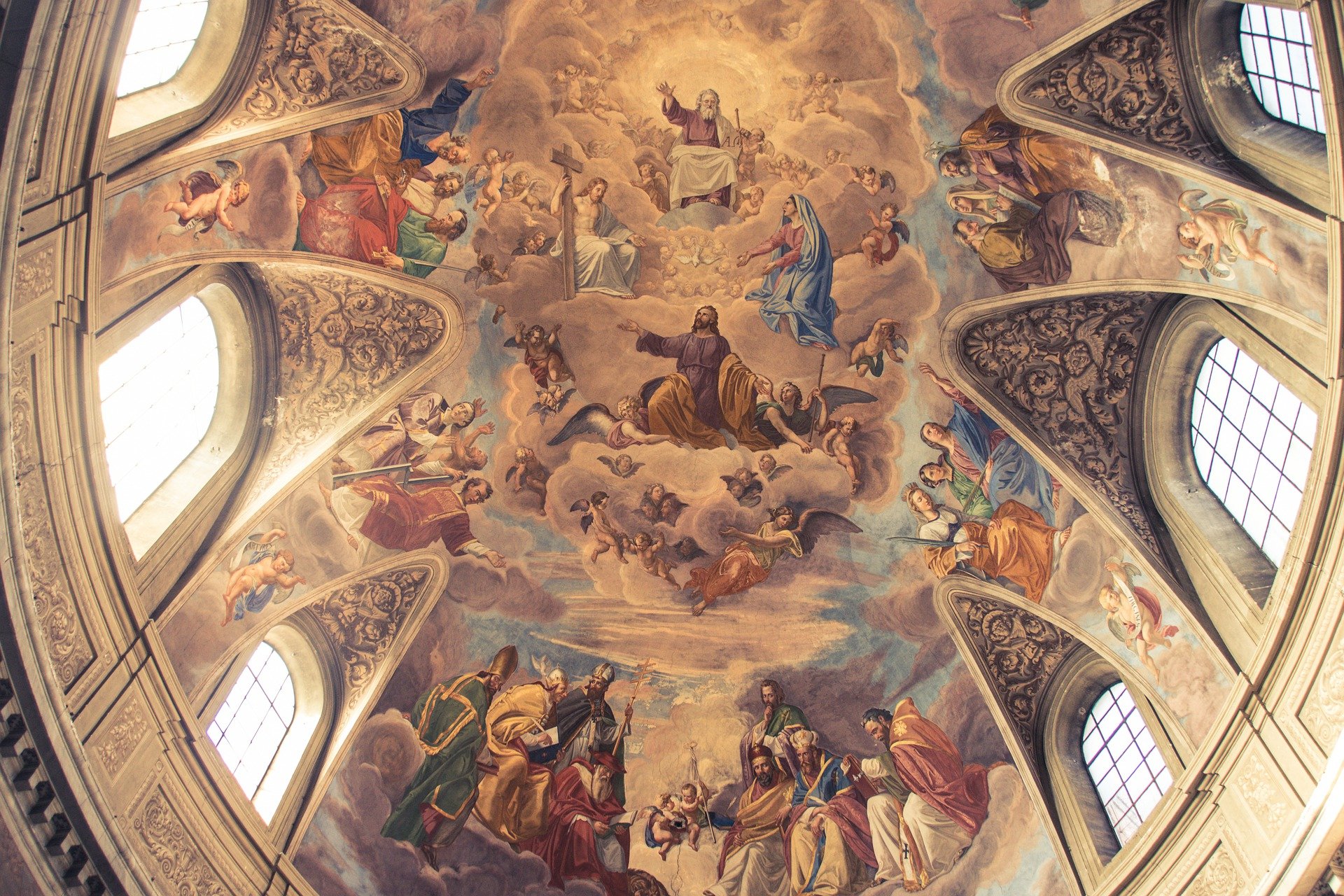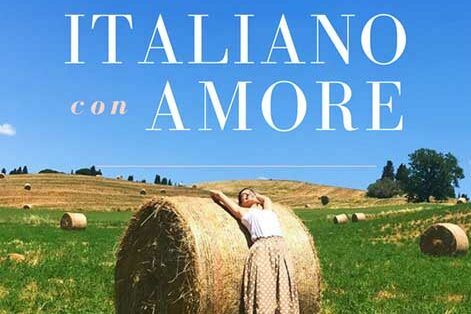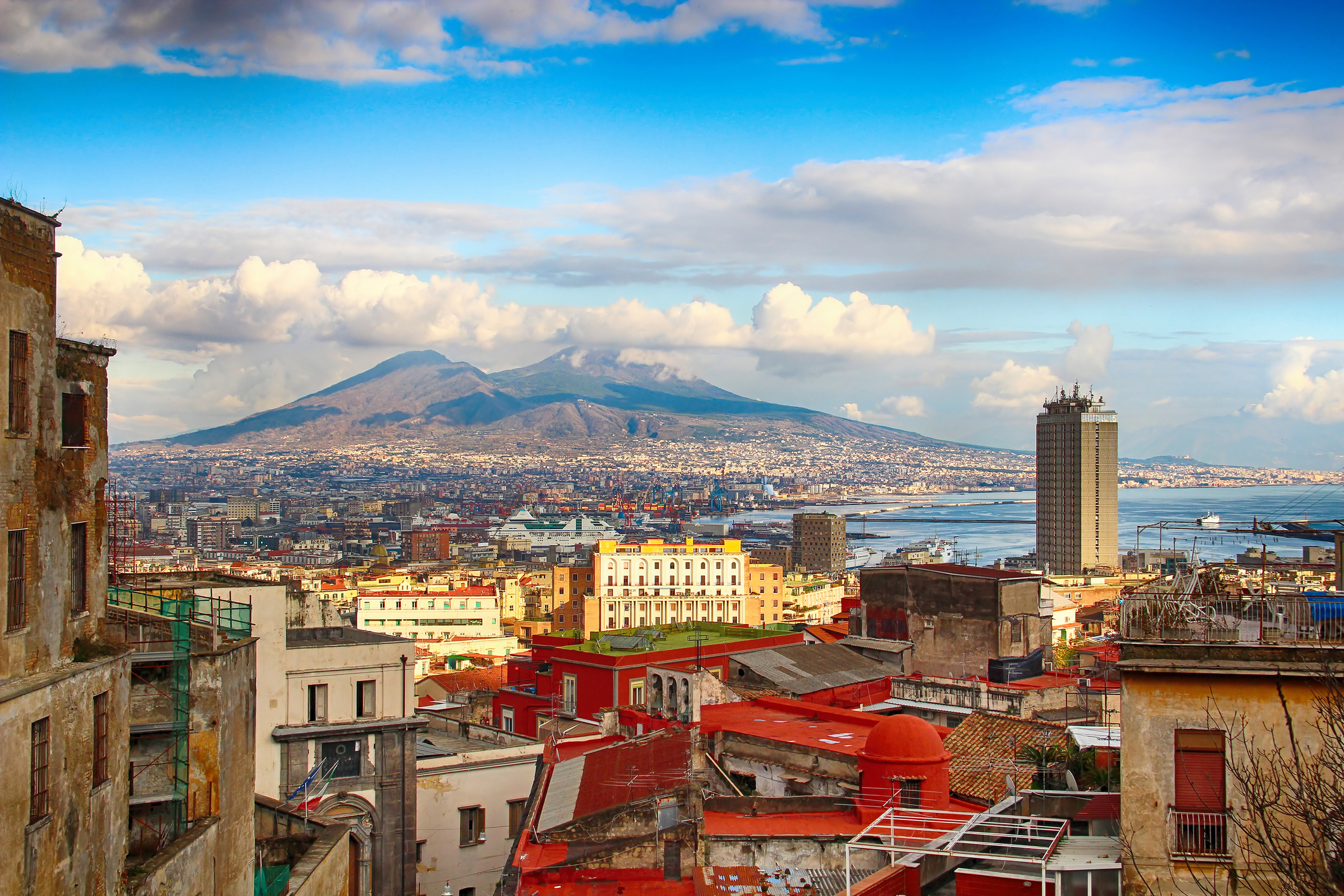I have always liked the word “arzigogolato”. First, I think its a fantastic word to pronounce. When you say “arzigogolato” you have to use all the muscles in your mouth as well as your tongue. I think the sounds roll around the mouth in a very pleasant way.
The meaning of the word is also fantastic and always makes me think of Baroque Art. The word means tortuous, winding, elaborate, complicated byzantine, bizarre! It remains uncertain the origin of the word “baroque”, which probably derives from the same end of the scholastic logic, Baroque, which had become synonymous with pedantic reasoning, bizarre, convoluted. Since Baroque works of art are generally characterized by a theatrical exuberance that draws the observer in and involves him in an emotionally charged visual experience.
For example, look at the impressive ceiling frescoes of Andrea Pozzo in Sant’ignazio Church in Rome. The church was dedicated to the founder of the Jesuit order, Saint Ignatius important players in the Counter-Reformation movement. Pozzo created the illusion that Heaven is opening up above the viewer in the nave of the church, who, at the time of this painting, would have been a worshipper. To accomplish this huge feat, Pozzo took advantage of the church’s architecture, painting an extension of it in the ceiling. As Heaven and Earth blend, Christ receives Saint Ignatius. Figures from the four corners of the world, scattered throughout the painting, watch this event. In the nave of the church, a disk marks the spot where the viewer should stand in order to experience the entire illusion.






























